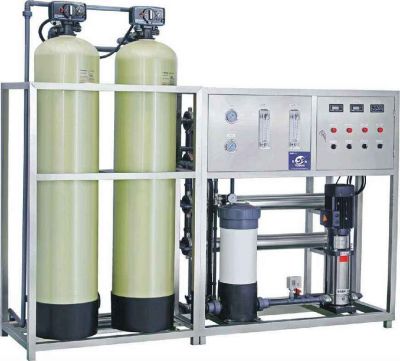The development history of reverse osmosis equipment

The development history of reverse osmosis equipment can be traced back to the 1950s, when reverse osmosis technology began to rise as a new membrane separation technology. This technology was initially mainly used in desalination of sea water, desalination of bitter and salty water, purification of domestic water, and recycling of waste water and other fields. In 1953, C.E. Reid suggested that the United States Interior Department include the research of reverse osmosis (RO) in the national plan. In 1956, S.T. Yuster proposed the possibility of removing adsorbed pure water from the membrane surface as a desalination process, which laid the foundation for the development of reverse osmosis technology. By 1960, S. Loeb and S. Sourirajan had made the world's first asymmetric cellulose acetate (CA) reverse osmosis membrane with high desalination rate and high flux. This breakthrough provided the possibility for the wide application of reverse osmosis technology. In the subsequent decades, reverse osmosis technology has been continuously developed and improved. In 1970, the United States Du Pont Company launched the "Permasep" B-9 reverse osmosis device made of aromatic polyamide (APA) hollow fibers, mainly used for desalination of bitter and salty water. Later, the company developed the B-l0 reverse osmosis device for primary desalination of sea water. At the same time, Dow Chemicals Company and Toyobo Company also successively developed triacetate cellulose hollow fiber reverse osmosis devices and used them for sea water and bitter and salty water desalination. In the 1980s, reverse osmosis technology continued to make breakthroughs. In 1980, Filmtec launched the excellent and practical FT-30 composite membrane. At the end of the 1980s, the fully aromatic polyamide composite membrane with high desalination rate was industrialized. By the mid-1990s, ultra-low pressure and high desalination fully aromatic polyamide composite membranes entered the market, providing strong support for the application of reverse osmosis technology in more fields. With the continuous progress of technology and the expansion of application fields, reverse osmosis equipment has been widely used worldwide. According to statistics, by 2018, the desalinated sea water produced by reverse osmosis technology worldwide was enough to supply 320 million people. Behind this achievement is the joint effort of relevant companies, scientists, and a large number of technology companies in various countries. In summary, the development history of reverse osmosis equipment is a process of continuous innovation and progress. From the initial simple technology to today's advanced equipment, reverse osmosis technology has become an indispensable part of many fields. With the continuous development of technology, it is believed that reverse osmosis equipment will play a more important role in the future.
